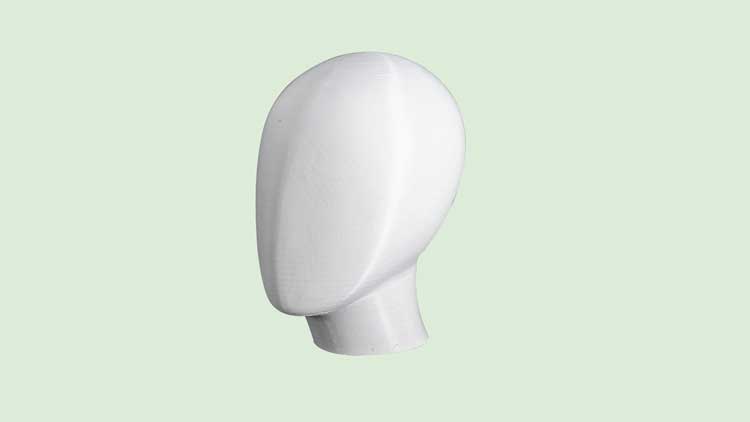
The surface quality of 3D printed sculptures is good because to the low warping and ease of use of PLA 3D printing filament. The cheapest, most user-friendly, and environmentally friendly 3D printing material is this one. Currently, PLA plastic is used for more than 60% of all 3D printing worldwide.
The market for materials for personal 3D printing and for 3D-printed goods, including plants, decorations, costumes, home items, and more, is constantly expanding. Polylactic Acid (PLA) is one of the materials used most frequently for 3D printing. A plastic created from corn and other biomaterials is this remarkable product. It is biodegradable as a result. In comparison to other 3D printer filaments, it is also less expensive and simpler to operate. Thus, it is simple to understand why it is one of the most widely used materials available.
For their indoor 3D printed pots, many users utilize PLA without any problems. They cultivate plants using the standard soil and water techniques, and they report no obvious changes for years. In fact, the majority of individuals say it’s easy to switch out their plants and reuse their 3D printed pots. Even at those temperatures and humidity levels, PLA takes too long to begin to decompose, and even then, it does so slowly.
Outside applications of PLA are far more complicated. Many people, including those who use 3D printed pots, have had success using PLA products outside, especially if they are kept out of direct sunlight for the majority of the day. However, many others have described how being outside, especially in the direct sunlight, caused their artistic masterpieces to deform (some slightly, some significantly). However, using a UV-resistant paint or gloss can lessen damage or at the very least delay it for a longer period of time.
